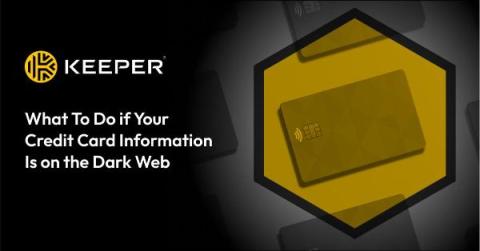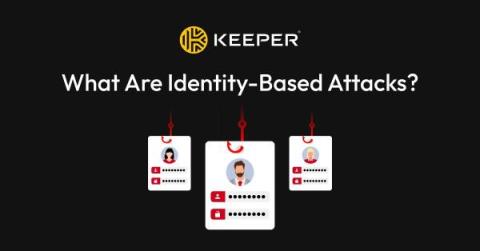What Is Quishing?
QR code phishing, most commonly referred to as “quishing,” is a type of phishing attack that tricks users into scanning QR codes to steal personal information such as login credentials or credit card numbers. When a user scans a QR code created for a quishing attack, they are taken to a malicious website that either downloads malware on their phone or asks for their personal information.











